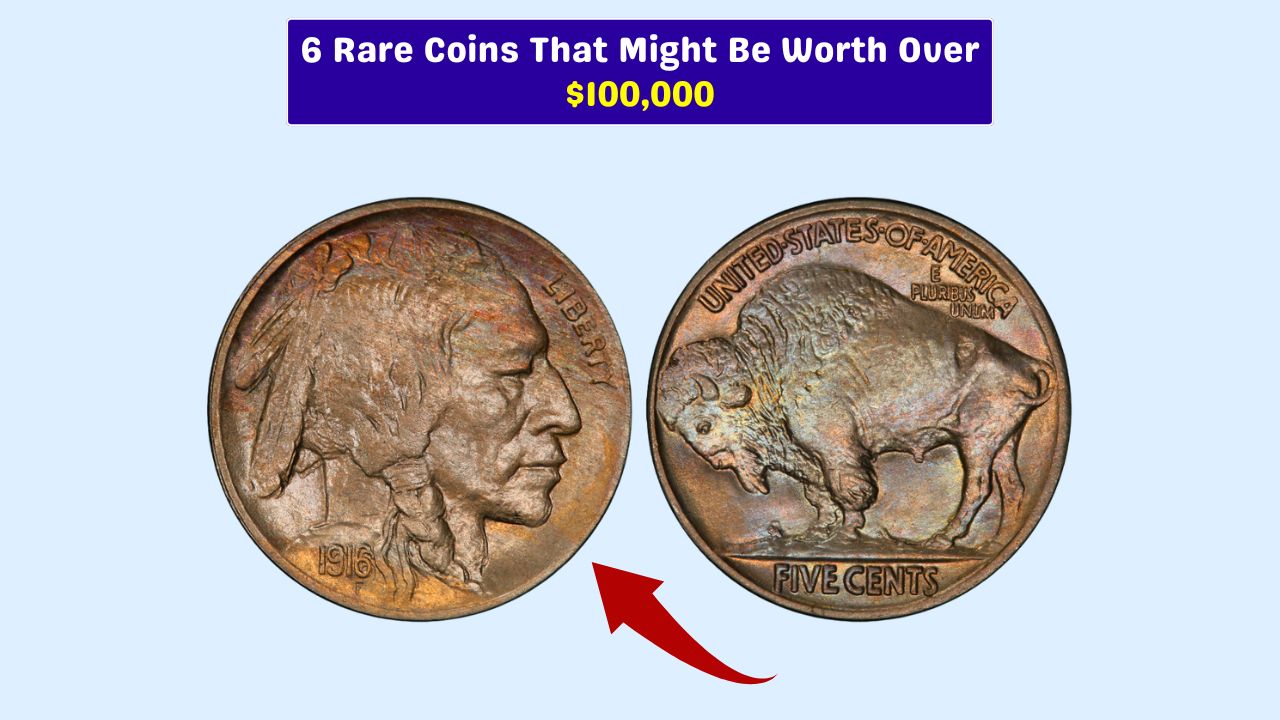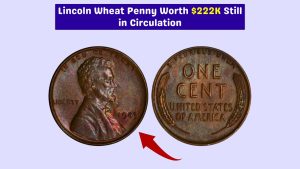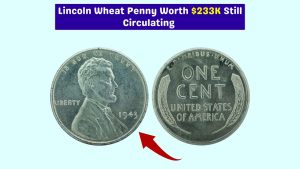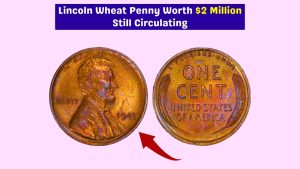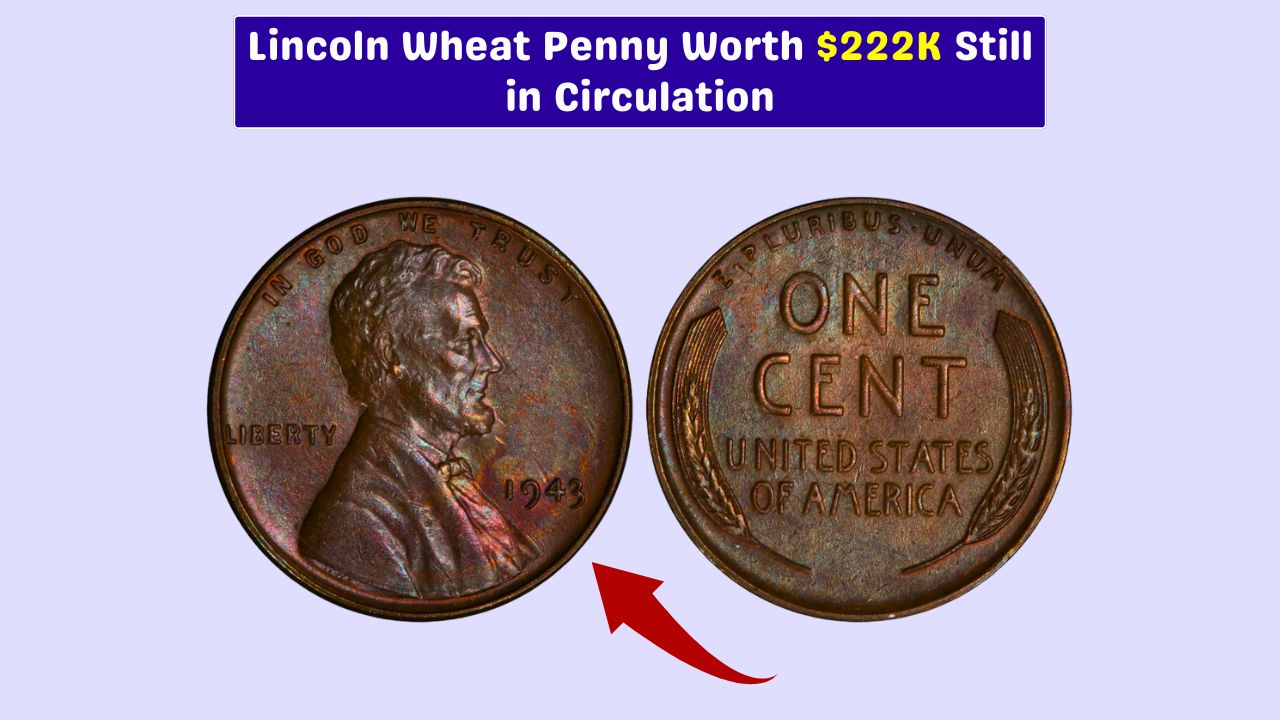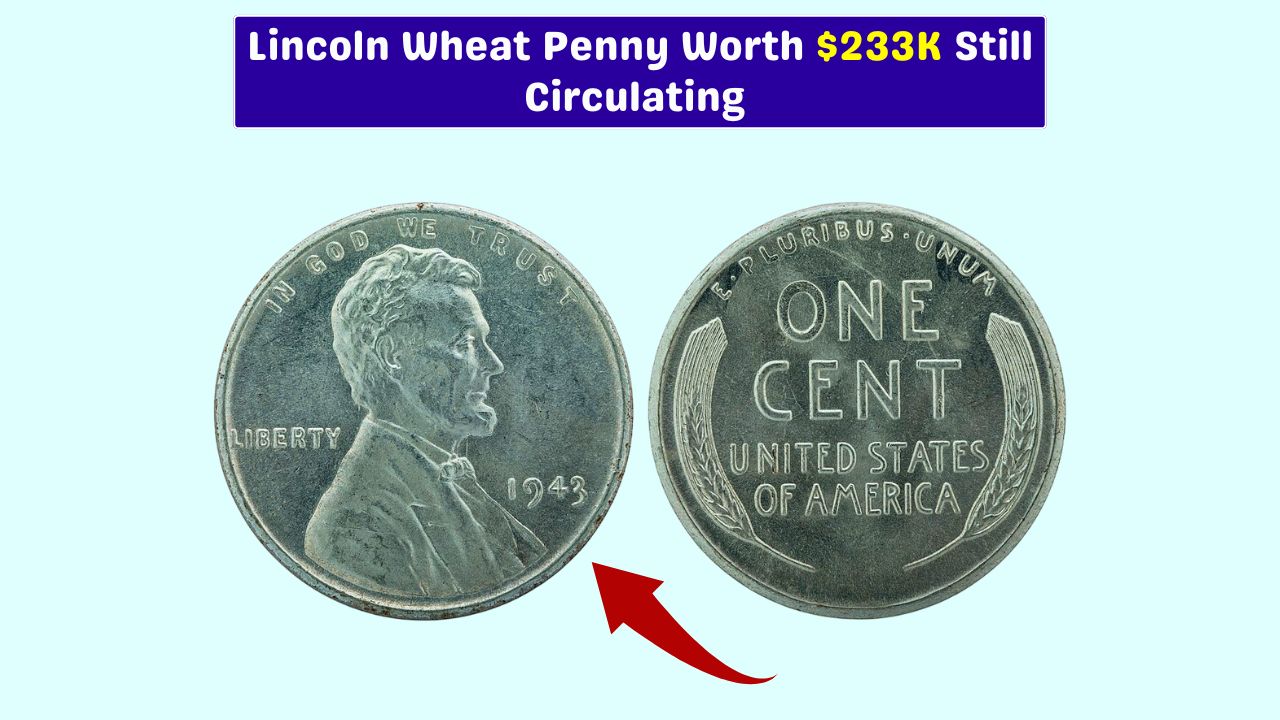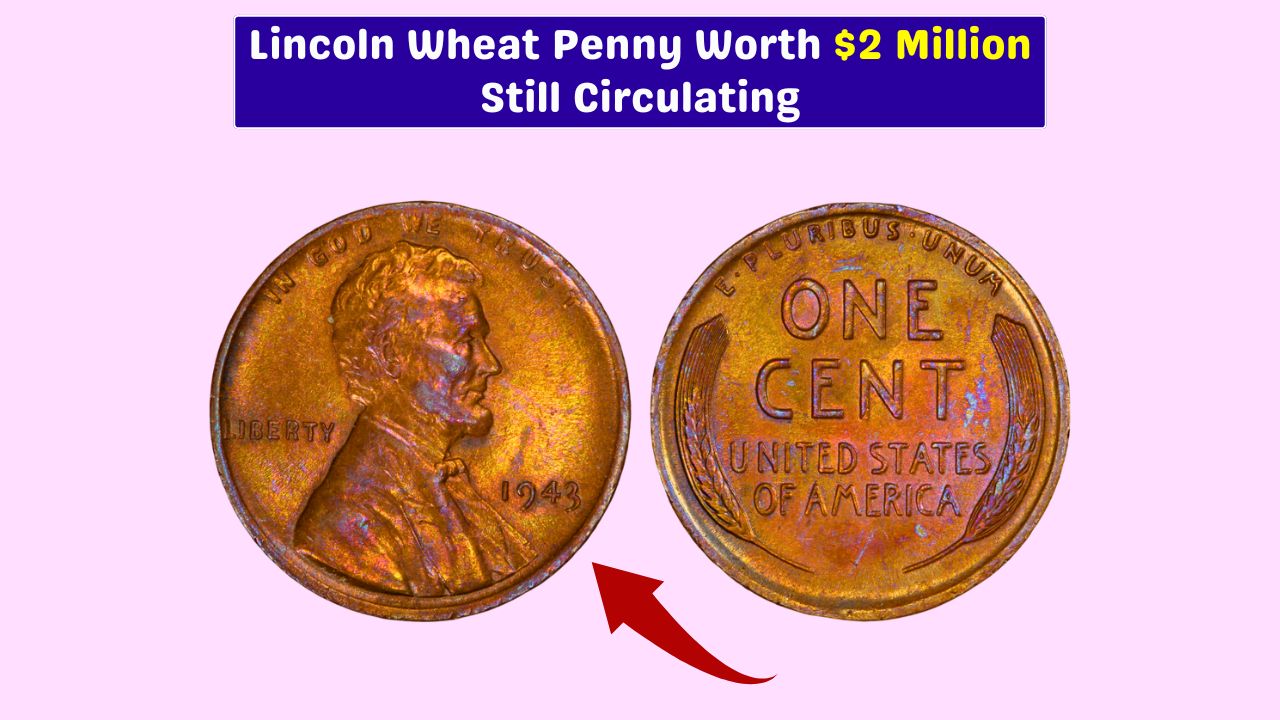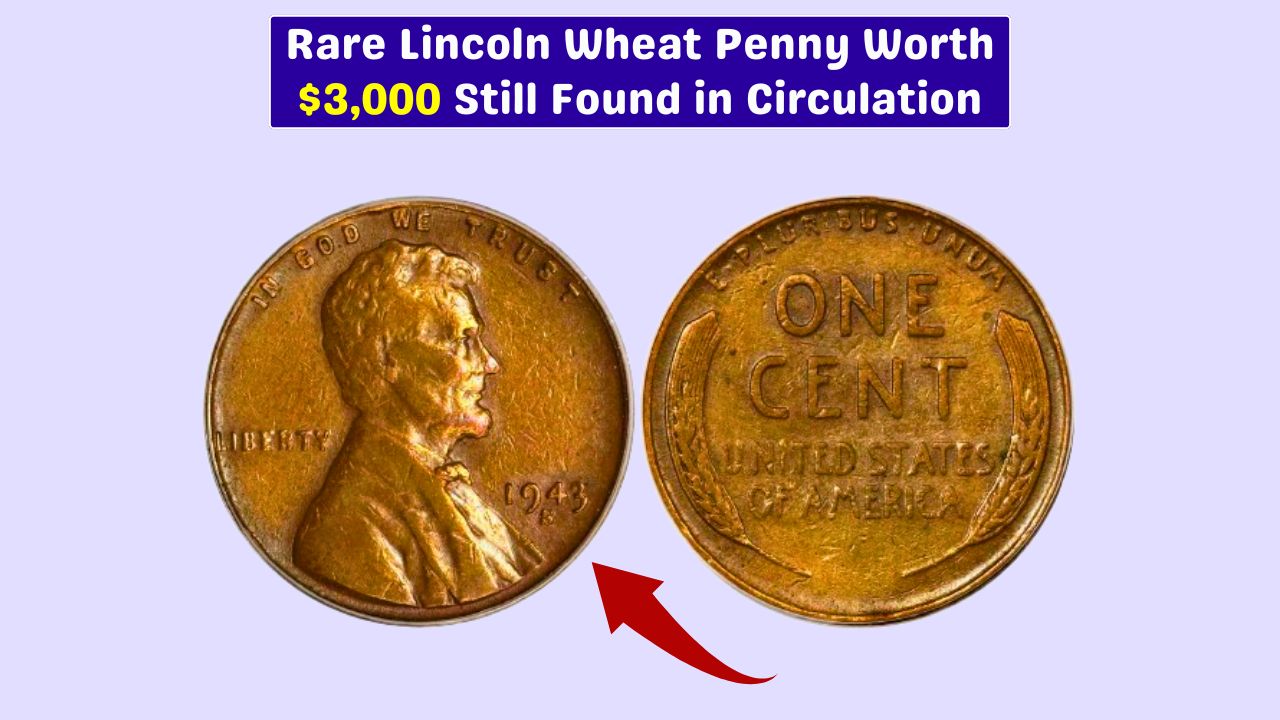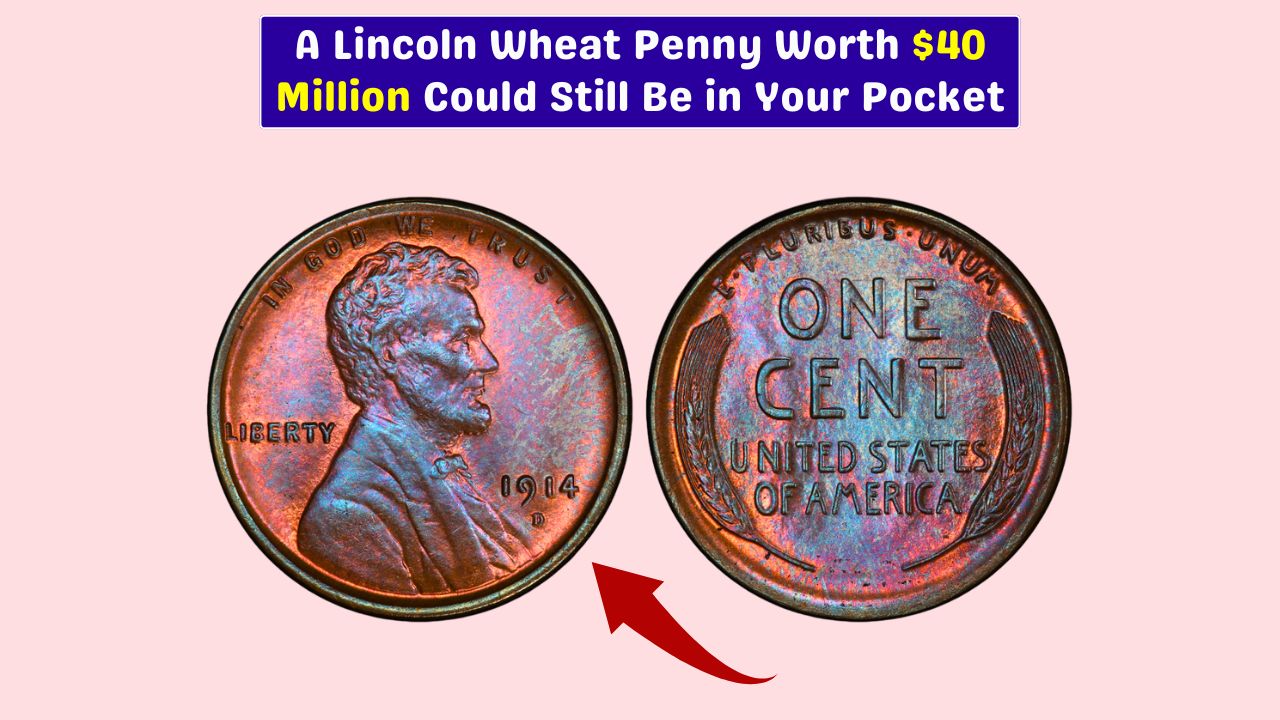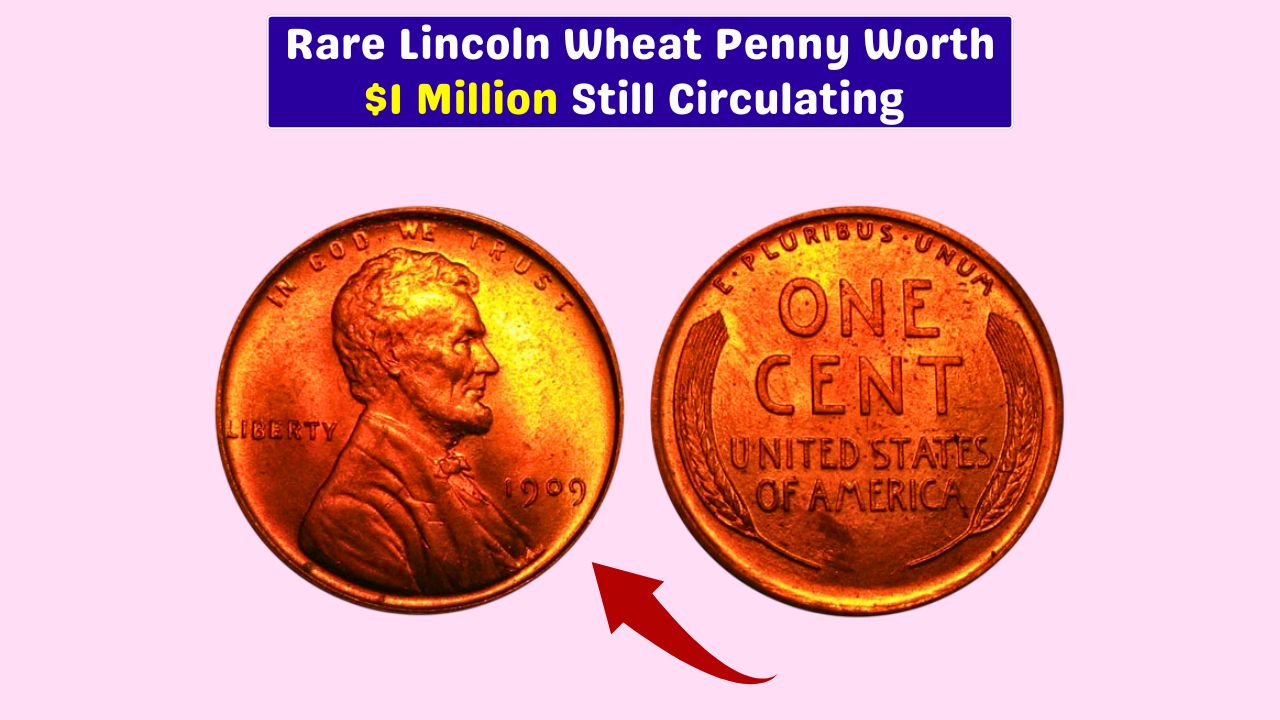Ever jingle some coins in your pocket and wonder if any of them might be worth more than face value? Believe it or not, some everyday U.S. coins have surprised collectors by fetching massive sums at auction. That penny or nickel you’ve had lying around? It might be more valuable than you think. Here’s a look at six incredibly rare coins that could turn loose change into a serious payday.
Liberty Head Nickel
Let’s start with a true legend: the 1913 Liberty Head Nickel. Only five are known to exist—yep, just five in the entire world. Minted under mysterious circumstances, one of these elusive coins went for an eye-watering $3.7 million in 2010. If you ever stumble upon one tucked in a drawer or inherited collection, congratulations—you’ve struck gold.
1894-S Barber Dime
Don’t underestimate the tiny dime, especially the 1894-S Barber Dime. With only 24 minted and just nine known to survive today, this small coin carries huge weight. In 2007, one sold for a staggering $1.9 million. Proof that even the smallest change can make a massive impact.
1943 Copper Penny
During WWII, copper was too valuable for pennies, so the U.S. Mint switched to steel. But a few 1943 Copper Pennies slipped through the cracks, and they’re now worth a fortune. One of these rare mistakes can bring in over $100,000. Want a quick test? If your 1943 penny isn’t magnetic, you just might be holding a jackpot.
1955 Doubled Die Penny
This one’s an error—but the kind collectors love. The 1955 Doubled Die Penny shows noticeable doubling in the text, especially on “LIBERTY” and “IN GOD WE TRUST.” Depending on condition, it can go for anywhere from $1,000 to $125,000. A magnifying glass and some patience might be all you need to find this hidden gem.
1974 Aluminum Penny
In 1974, the Mint experimented with aluminum to cut costs. The plan didn’t stick, and most of these coins were destroyed—but a few managed to escape. If you find a 1974 Aluminum Penny, you’re holding a ghost of coin history worth over $200,000. It’s one of the rarest pieces you could ever stumble across.
1916 Doubled Die Buffalo Nickel
Last but not least, the 1916 Doubled Die Obverse Buffalo Nickel. This coin has a doubled date on the front—a detail collectors go wild for. If yours is in top shape, it could be worth more than $100,000. Even well-circulated examples can still bring in thousands.
| Coin Name | Year | Est. Value | Notable Feature |
|---|---|---|---|
| Liberty Head Nickel | 1913 | $3.7 million | Only 5 exist |
| Barber Dime | 1894-S | $1.9 million | Only 9 known today |
| Copper Penny | 1943 | $100,000+ | Wrong material used |
| Doubled Die Penny | 1955 | $1,000–$125,000 | Double text on obverse |
| Aluminum Penny | 1974 | $200,000+ | Rare experimental coin |
| Doubled Die Buffalo Nickel | 1916 | $100,000+ | Doubled date on front |
Final Thoughts
These rare coins are like buried treasure hiding in plain sight. While the odds of finding one aren’t exactly high, they’re not zero—and that’s what makes it exciting. So go ahead, check that old piggy bank, peek inside your coin jar, or sift through that dusty box of grandpa’s collectibles. You never know—your next pocketful of change could be the start of something big.
FAQs
What is the rarest U.S. coin?
The 1913 Liberty Head Nickel is among the rarest.
How do I spot a 1955 Doubled Die Penny?
Look for doubled letters in ‘LIBERTY’ and ‘IN GOD WE TRUST’.
Is my 1943 penny valuable?
If it’s copper, yes! Steel ones are common and worth less.
Are aluminum pennies real?
Yes, 1974 aluminum pennies were test coins—some escaped.
Can coins with errors be valuable?
Absolutely! Some error coins are worth thousands or more.
